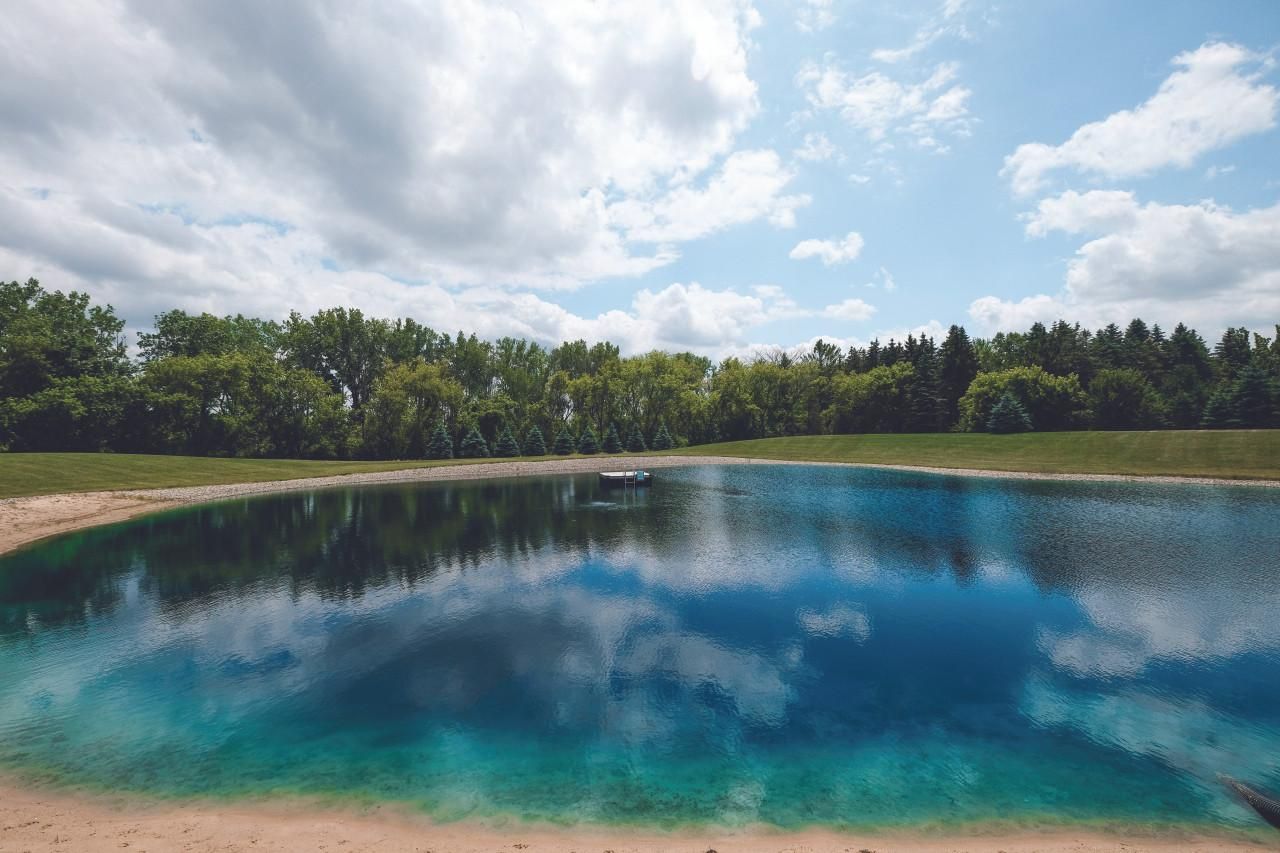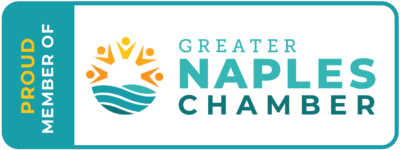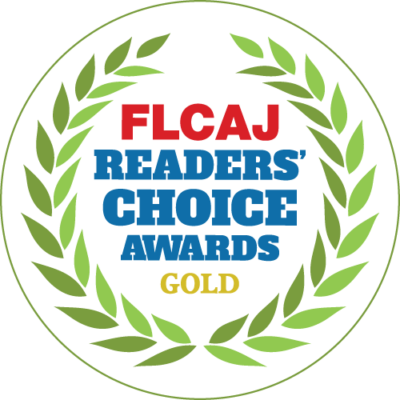Stormwater Management Systems in South Florida - Concrete Pipes
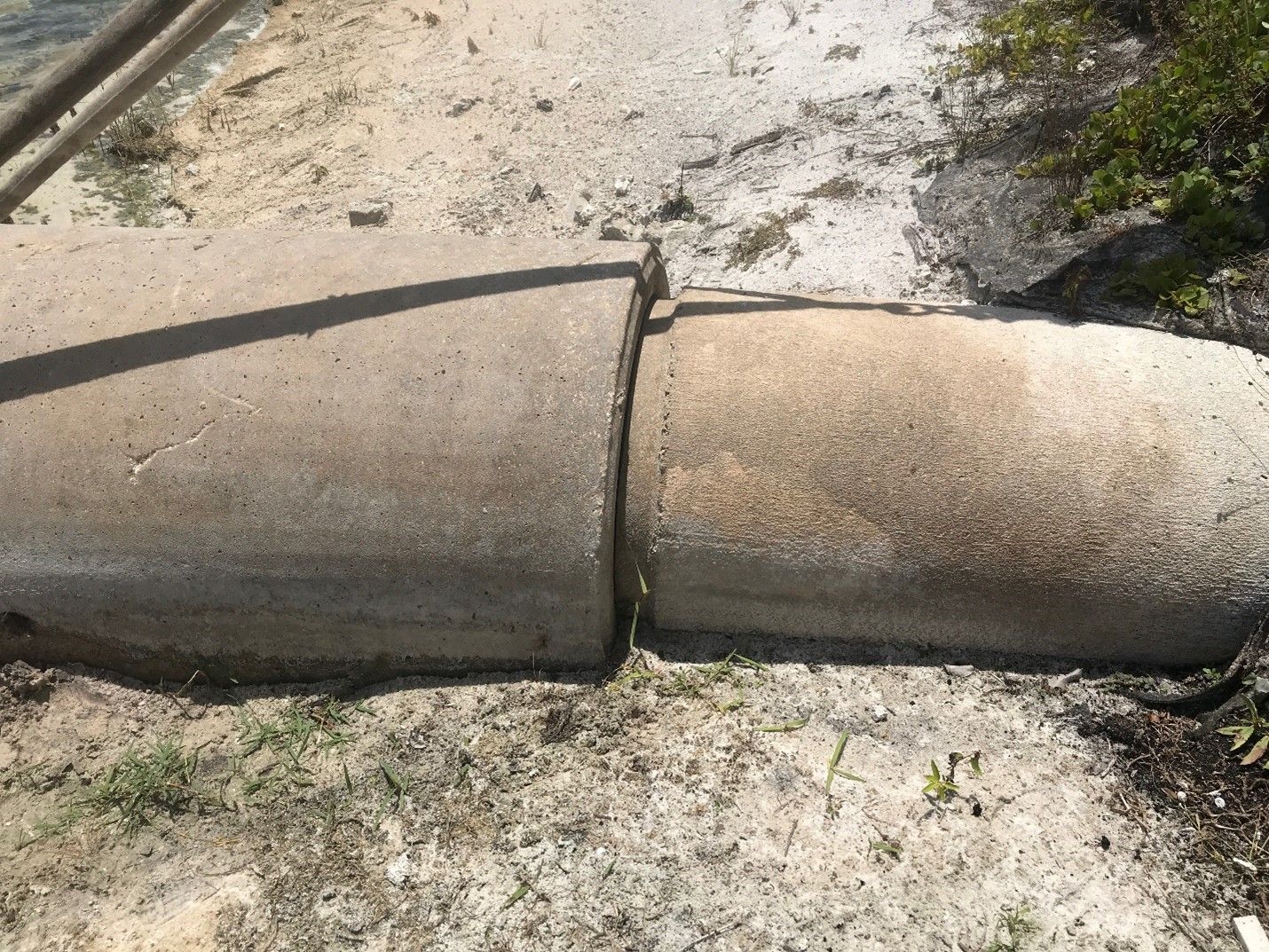
Over time, a concrete pipe loses its original dirt foundation due to erosion. This leads to settling and separation in the pipes as seen in this picture. If not repaired, the end piece will eventually separate completely and fall into the lake. The South Florida Water Management District and local County Code Enforcement will begin issuing citations and possibly fines before, during, or after this occurs.
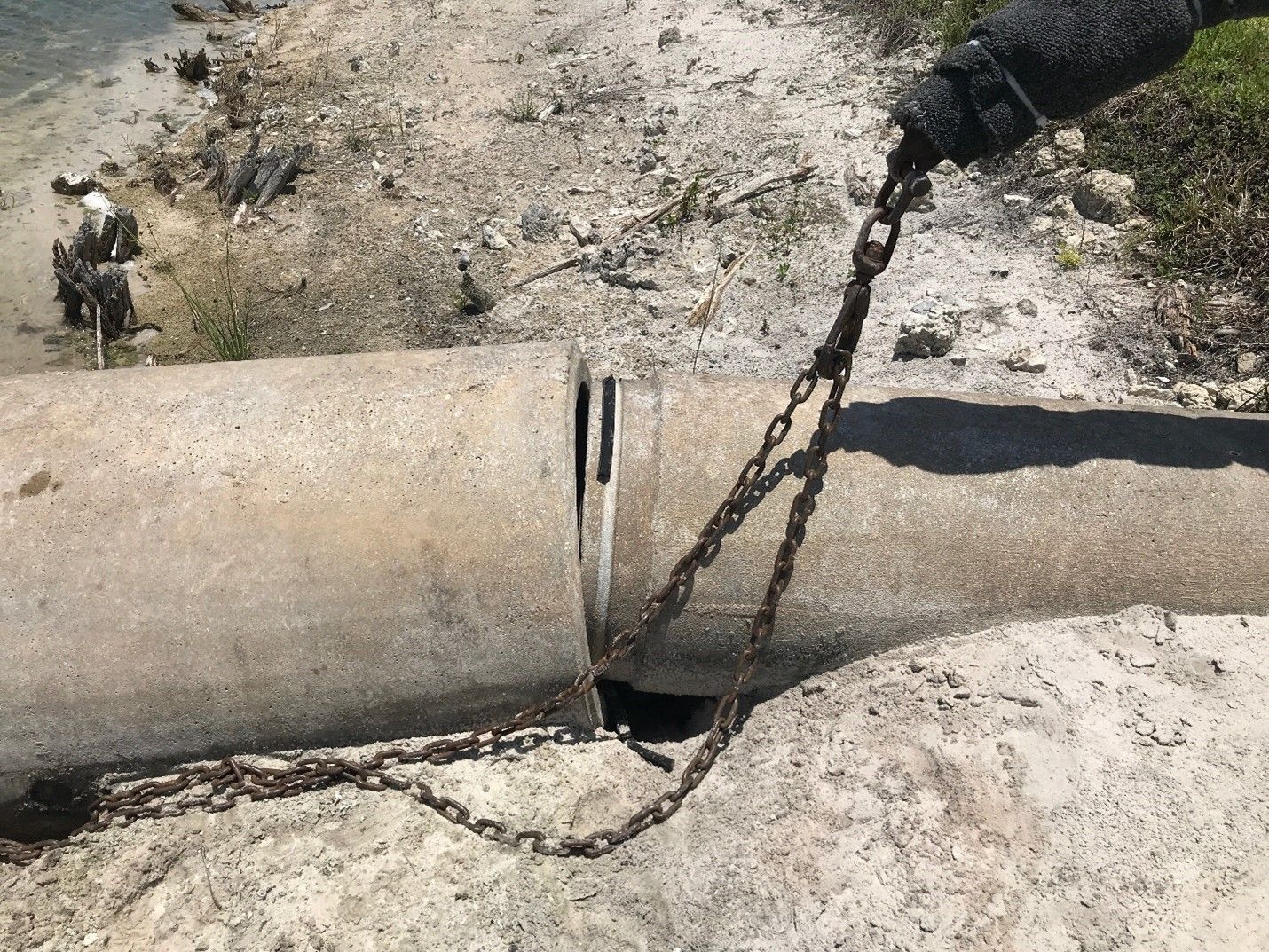
Heavy equipment is needed to reattach the end cap to the main pipe. A specialized gasket ensures a good seal. This repair can get very expensive, especially if large excavators or cranes are involved.

Once the pipe is properly repaired, any eroded land at the top of the main pipe must be restored, graded, and sodded. Then a polypropylene geotextile is secured around the entirety of the pipe- right at the shoreline.
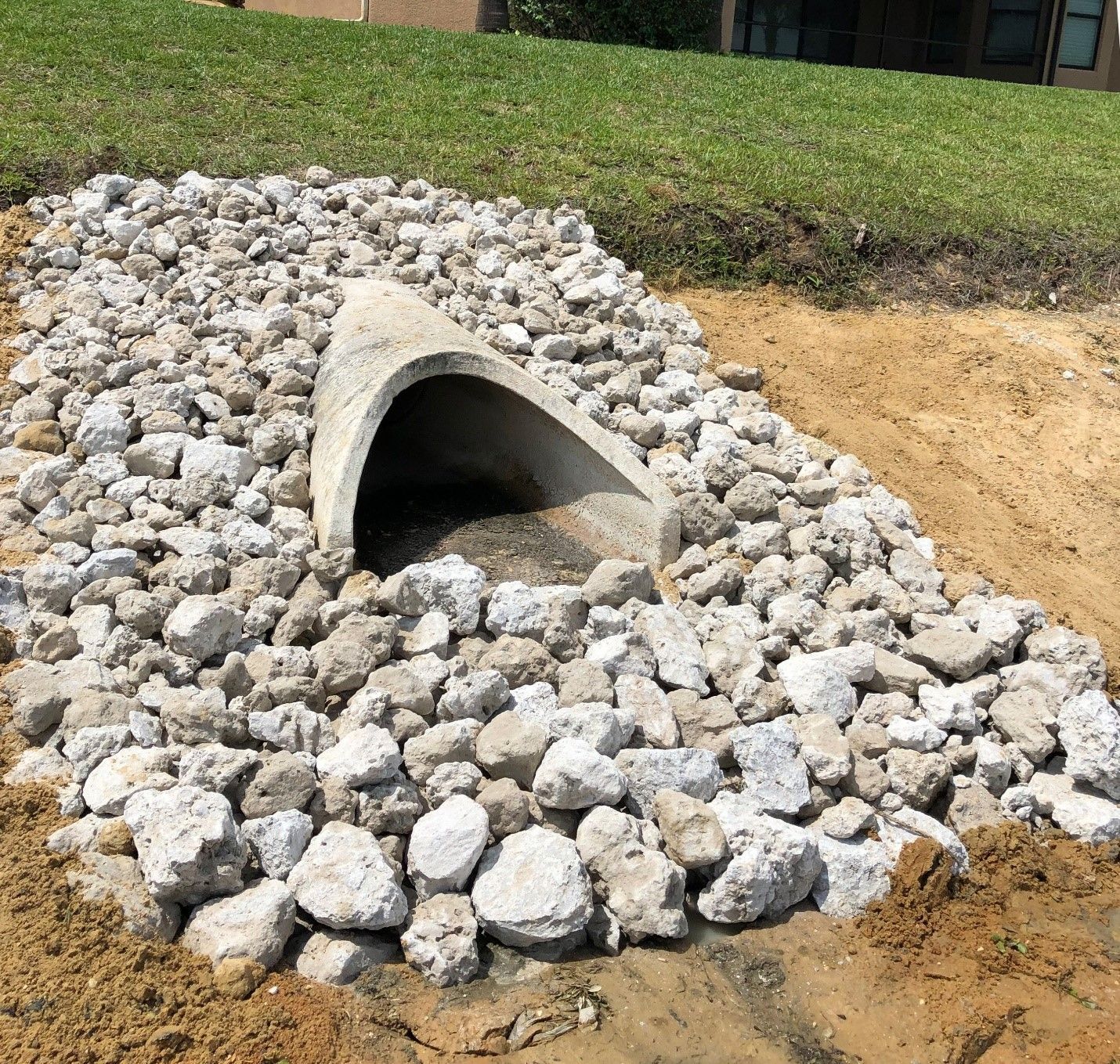
A rip rap “collar” is placed over all of the geotextile in order to hold it in place. (If the pipe is excessively clogged with sediment, it is a good idea to have it cleaned out as well.) This collar should help prevent erosion and support the pipe for decades to come. The pipe is now in compliance with the Water Management District and local municipalities.
Recent Posts



